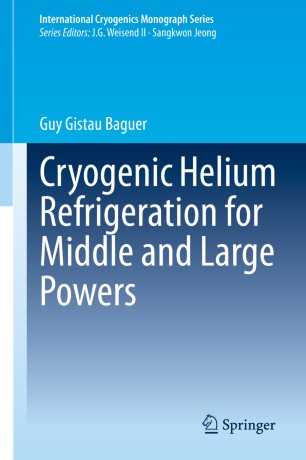

Most ebook files are in PDF format, so you can easily read them using various software such as Foxit Reader or directly on the Google Chrome browser.
Some ebook files are released by publishers in other formats such as .awz, .mobi, .epub, .fb2, etc. You may need to install specific software to read these formats on mobile/PC, such as Calibre.
Please read the tutorial at this link: https://ebookbell.com/faq
We offer FREE conversion to the popular formats you request; however, this may take some time. Therefore, right after payment, please email us, and we will try to provide the service as quickly as possible.
For some exceptional file formats or broken links (if any), please refrain from opening any disputes. Instead, email us first, and we will try to assist within a maximum of 6 hours.
EbookBell Team

4.0
66 reviewsThis book offers a practical introduction to helium refrigeration engineering, taking a logical and structured approach to the design, building, commissioning, operation and maintenance of refrigeration systems.
It begins with a short refresher of cryogenic principles, and a review of the theory of heat exchangers, allowing the reader to understand the importance of the heat exchanger role in the various thermodynamic cycle structures. The cycles are considered from the simplest (Joule Thomson) to the most complicated ones for the very large refrigeration plants and, finally, those operating at temperatures lower than 4.5 K.
The focus then turns to the operation, ability and limitations of the main components, including room temperature cycle screw compressors, heat exchangers, cryogenic expansion turbines, cryogenic centrifugal compressors and circulators. The book also describes the basic principles of process control and studies the operating situations of helium plants, with emphasis on high level efficiency.A major issue is helium purity, and the book explains why helium is polluted, how to purify it and then how to check its purity, to ensure that all components are filled with pure helium prior to starting.
Although the intention of the book is not to design thermodynamic cycles, it is of interest to a designer or operator of a cryogenic system to perform some simplified calculations to get an idea of how components or systems are behaving. Throughout the book, such calculations are generally performed using Microsoft® Excel and the Gaspak® or Hepak® software.